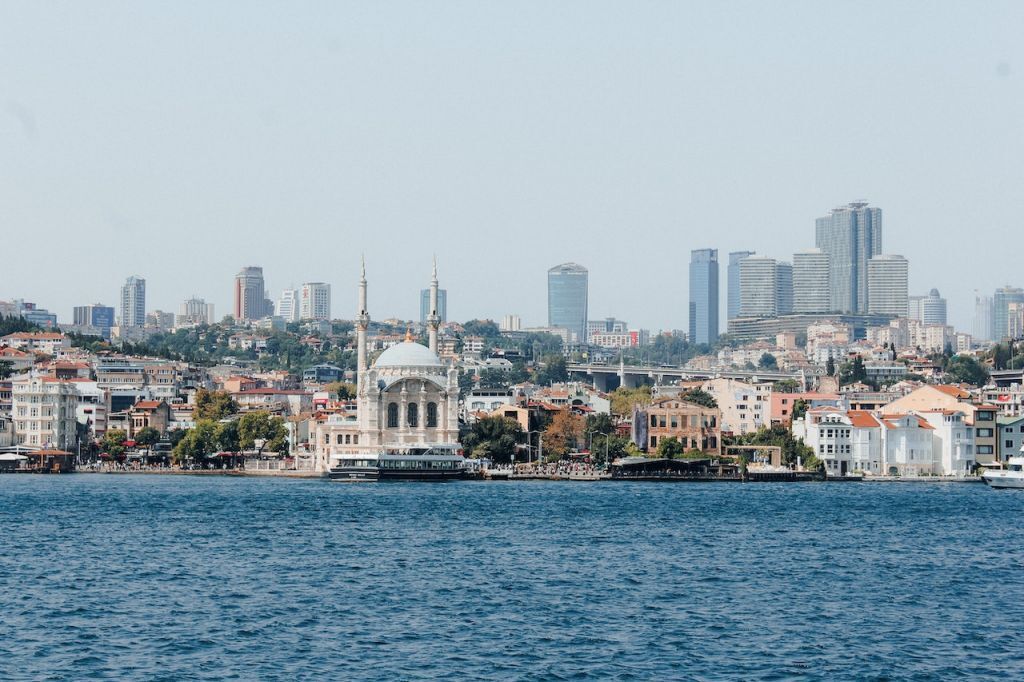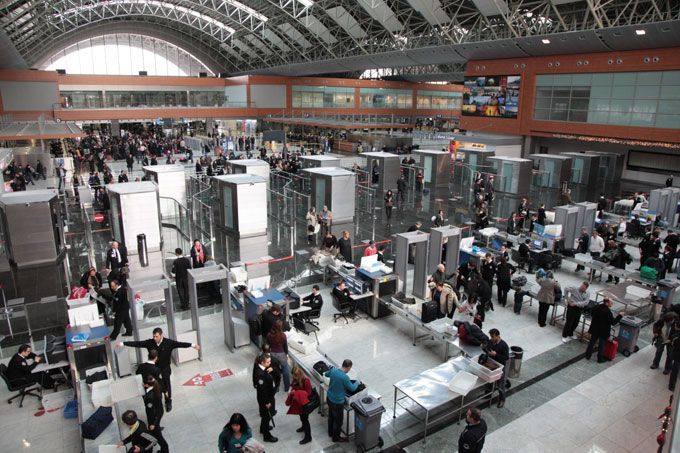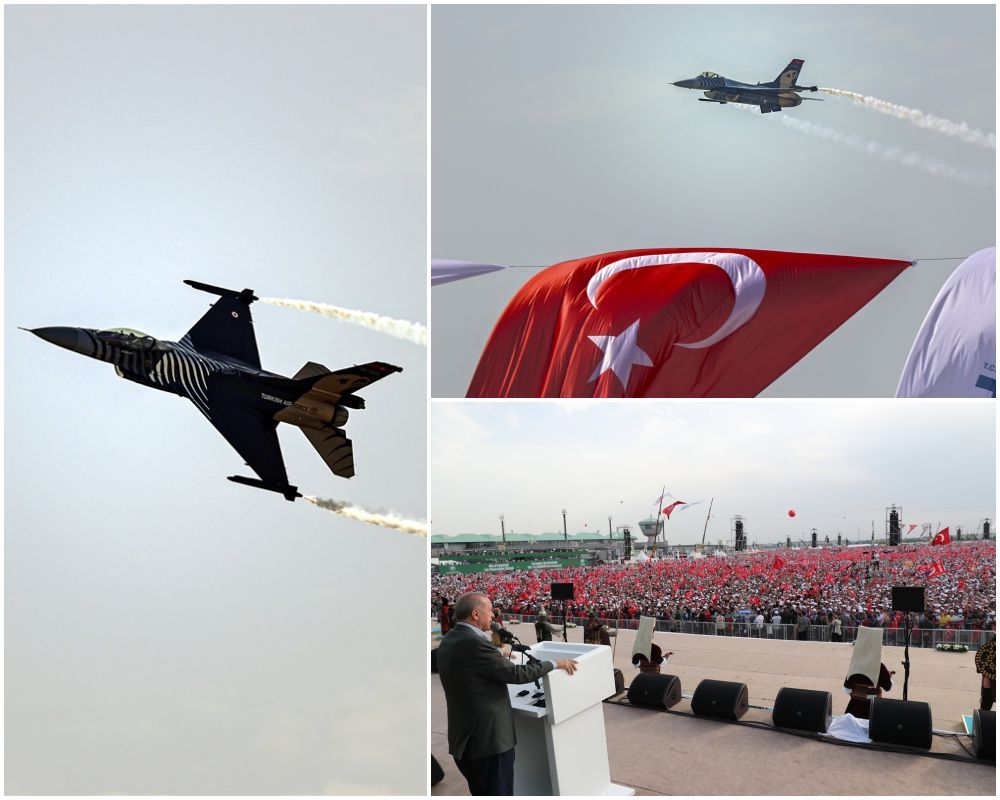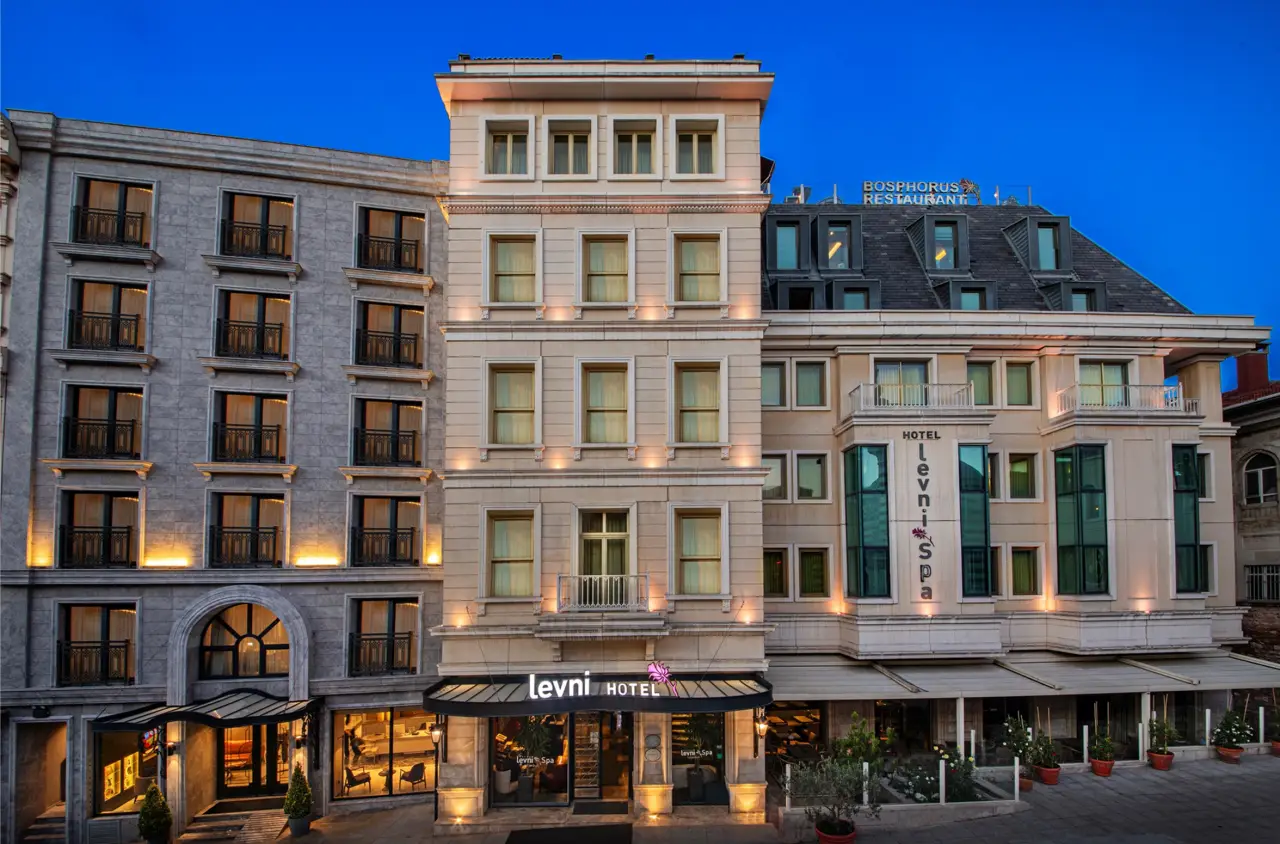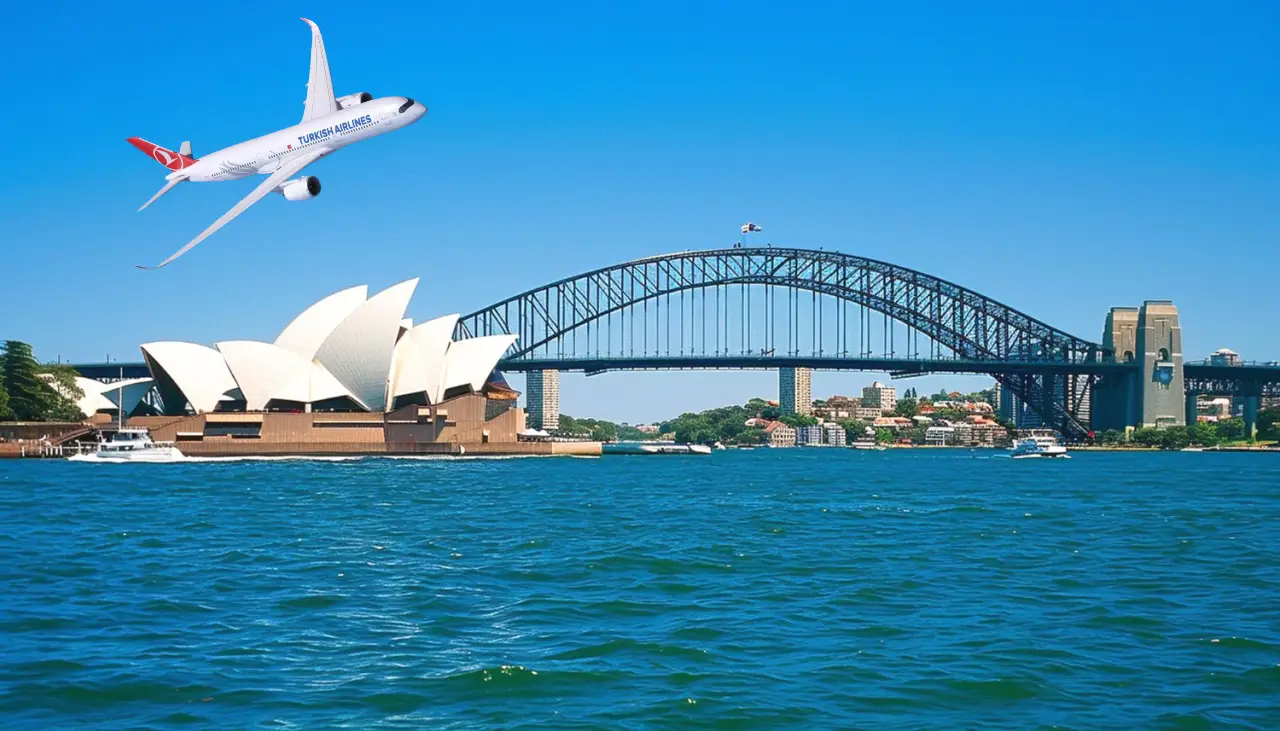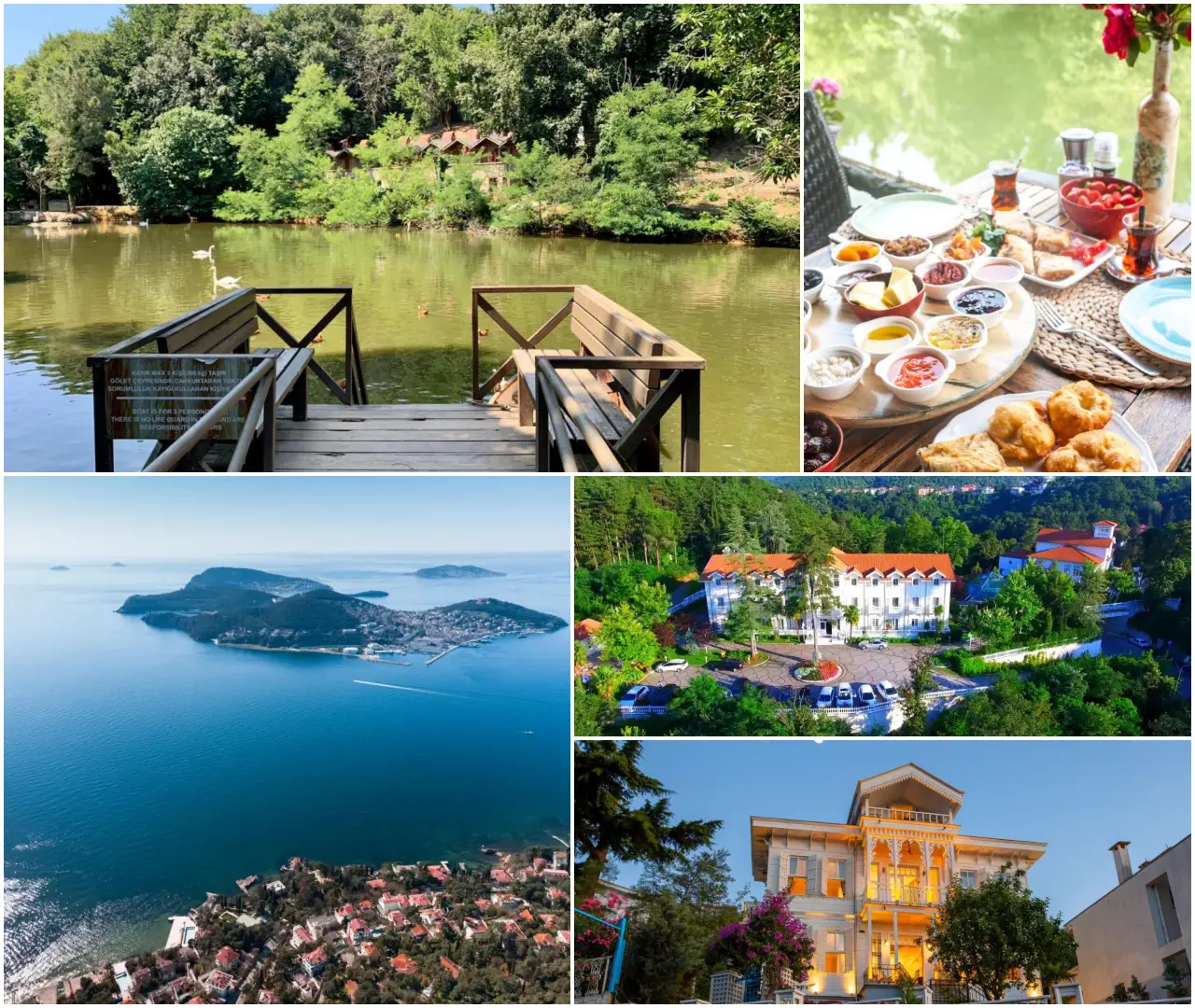The Presidency of National Palaces in Turkiye has announced a significant increase in interest in palaces, mansions, pavilions, and museums over the past year.
A total of 7,261,241 people visited these historical and cultural sites, marking a 9% increase compared to the previous year.
Most Visited Palaces in 2023
1. Topkapı Palace
Leading the list of most-visited sites, Topkapı Palace reached a record number of visitors in 2023, with 3,474,760 guests.
Topkapı Palace, an emblematic symbol of the Ottoman Empire’s grandeur, served as the main residence and administrative headquarters for the Ottoman sultans from the 15th to the 19th centuries. This palace, with its Harem, is renowned for its colorful history, housing libidinous sultans, ambitious courtiers, beautiful concubines, and scheming eunuchs. Visitors to Topkapı Palace are treated to a glimpse into the opulent lives of those who once inhabited its pavilions, the jewel-filled Treasury, and the sprawling Harem. The palace, built by Mehmet the Conqueror shortly after the Conquest in 1453, continued to be the home of Ottoman sultans until the reign of Abdulmecid I in the 19th century. The First Court, known as the Court of the Janissaries or the Parade Court, is the entry point to the palace, leading to several significant structures, including the Hagia Irene Museum and the former Imperial Mint.
The Second Court of Topkapı Palace, accessed through the Middle Gate, was the center for managing the empire. This court, unlike typical European palaces, consists of a series of pavilions, kitchens, barracks, audience chambers, and sleeping quarters built around a central enclosure. The Palace Kitchens, with their collection of Chinese celadon porcelain, and the ornate Imperial Council Chamber, where the council discussed state matters, are notable features. The Harem, a complex of over 300 rooms, was a meticulously governed private space for the imperial family. It was a place of tradition, obligation, and ceremony, far from the common perception of a den of debauchery. The Harem complex, with its six floors, showcases the intricacies of life in the Ottoman court, from the education of concubines to the power wielded by the valide sultan. The Third Court, the sultan’s private domain, and the Imperial Treasury, with its collection of precious objects, further highlight the palace’s historical and cultural significance.
2. Dolmabahçe Palace
Dolmabahçe Palace maintained its popularity by hosting 1,421,055 tourists.
Dolmabahçe Palace on the European coast of the Bosporus Strait in Istanbul, is a stunning architectural marvel and a significant historical site. The area where the palace stands has been known since ancient times as a natural harbor for ships. Notably, during the conquest of Istanbul in the 15th century by Fatih Sultan Mehmed, this was the site where he landed his ships to enter the Golden Horn. In the Ottoman period, this bay, where the Admiral of the Fleet anchored his ships and conducted traditional naval ceremonies, was filled in and transformed into the “Dolmabahçe,” becoming a private garden for the sultans. Until the 19th century, this private garden housed a collection of wooden pavilions and mansions known as the “Beşiktaş Coastal Palace.”
Dolmabahçe Palace, stretching along the coast parallel to the sea, consists of various sections dedicated to different purposes, including a glasshouse, foundry, aviary, and stables. Notable structures within the complex include the Crown Prince’s Suite and the Clock Tower and Hareket Pavilions added during the reign of Sultan II. Abdülhamid (1876-1909). The main structure, comprising two normal floors, a basement, and an attic, is functionally divided into three parts: the “Mabeyn-i Hümâyûn” (Selamlık) for administrative affairs, the “Harem-i Hümâyûn” (Harem) for the private life of the sultan and his family, and the “Muayede Salonu” for official ceremonies and celebrations. With 285 rooms, 44 halls, 68 toilets, and 6 baths, the palace is the largest in Turkey, covering an area of 14,595 square meters. The palace’s architecture, while adhering to Ottoman palace traditions and Turkish house characteristics, incorporates Western architectural styles like Baroque, Rococo, and Neoclassicism. The interiors are adorned with Hereke carpets, Baccarat crystals, Sèvres and Yıldız porcelains, gifts from various state leaders, and paintings by Western artists, blending Ottoman traditional arts and culture with a Western perspective.
3. Beylerbeyi Palace
Beylerbeyi Palace also saw an increase in visitor numbers, reaching 513,100, indicating a growing interest in this historical site.
Beylerbeyi Palace, with a history stretching back to the Byzantine era, is a significant historical site located in the Beylerbeyi area of Istanbul on the Asian side. The region has been a settlement area since ancient times. Following the destruction of a wooden palace built during Sultan II. Mahmud’s reign (1808-1839), Sultan Abdülaziz constructed the current Beylerbeyi Palace and its additional buildings between 1863 and 1865. The palace, primarily used as a summer residence, consists of the main building with Mâbeyn (State Apartments) and Harem (Private Apartments) sections open to visitors. However, other structures within the complex, such as the Sea Pavilions, upper terrace gardens, the Yellow Pavilion, the Marble Pavilion, and the Stable Pavilion, are not open for public visits. Beylerbeyi Palace was also used to host numerous foreign dignitaries, including the Emperor of Austria-Hungary Franz Joseph (1869), French Empress Eugénie (1869), Prince Nikola of Montenegro (1874), and German Emperor Wilhelm II. Sultan II. Abdülhamid spent the last six years of his life here after being dethroned and passed away in the palace in 1918.
The interior architecture of Beylerbeyi Palace, blending various Western styles with Eastern motifs, resembles the layout of a traditional Turkish house. The three-story palace, including a basement, comprises 24 rooms and 6 halls. The floors are covered with mats imported from Egypt, complemented by Turkish-Hereke carpets, French Baccarat crystal chandeliers, clocks from England, France, and the Istanbul-Haliç Shipyard, and vases made of Chinese, Japanese, French, German, and Turkish (Yıldız) porcelain. The palace’s additional structures and gardens add to its historical and cultural significance. The Marble Pavilion, built by Sultan II. Mahmud as a hunting lodge, the Yellow Pavilion with its forest-facing facade, and the Stable Pavilion reflecting the Ottoman equestrian culture, along with the palace gardens, which are home to magnolia and chestnut trees in the Hasbahçe and linden trees in the Harem gardens, are notable features of the complex. The Sea Pavilions, designed as garden kiosks, are unique in their architectural design and decoration, showcasing the palace’s blend of Eastern and Western influences.
4. Küçüksu Kasrı
Küçük Kasrı, a favorite spot on Istanbul’s Anatolian side near Anadolu Hisarı, was visited by 191,105 people last year.
Küçüksu Kasrı, nestled between the Göksu and Küçüksu streams, has been a prominent leisure spot since the Ottoman era, known for its lush meadows and scenic beauty. The area’s history as a favored retreat for Ottoman sultans dates back to the 17th century, as described by the famous traveler Evliyâ Çelebi. He depicted Göksu as a tranquil place, adorned with rose gardens, small pavilions, and mills owned by the treasury, where boats would sail on its waters. Sultan IV. Murad (1623-1640) beautified the area around Küçüksu, planting dense cypress trees up to Kandilli and naming it “Gümüş Selvi.” The first significant construction in the Hasbahçe (Imperial Garden) began during the reign of Sultan I. Mahmud (1730-1754). A wooden pavilion was built by Grand Vizier Divitdâr Mehmed Emin Pasha between 1751-1752 for the Sultan, who frequently hunted and practiced archery in Göksu. This two-story structure by the sea was extensively renovated during Sultan III. Selim’s reign (1789-1807) and was further adorned with a fountain in 1806, named after his beloved mother, Mihrişah Valide Sultan.
The old pavilion, used until Sultan II. Mahmud’s reign (1808-1839), was demolished by Sultan Abdülmecid (1839-1861), who commissioned the construction of the new Küçüksu Kasrı in 1856-1857. During Sultan Abdülaziz’s reign (1861-1876), the façade decorations of the kasrı were enriched. Opened as a museum-palace in 1983, Küçüksu Kasrı is a three-story structure, including a basement, built on a 15×27 meter area using masonry techniques. The basement was designated for storage, kitchen, and servants, while the upper floors, arranged around a central hall with four rooms, reflect the traditional Turkish house plan. This structure, typically used for relaxation and hunting, is a fine example of a “biniş kasrı” (resting pavilion). The lively sea façade, adorned with reliefs and a small pool with a fountain and stairs featuring Western decorative motifs, along with plaster relief and pencil work decorated ceilings, valuable Italian marble fireplaces, intricately designed parquets, European-style furniture, carpets, and paintings, give the kasrı the appearance of a rich art museum.
Museums See Notable Increase in Visitors
The National Palaces Painting Museum became a hotspot for art enthusiasts, attracting 459,835 visitors last year. The Museum of Islamic Civilizations was visited by 800,000 people, showcasing an increased interest in cultural heritage. The Beykoz Glass and Crystal Museum also achieved significant success by welcoming 150,000 visitors.
These data points indicate that the efforts of the Presidency of National Palaces in preservation and promotion are bearing fruit. The work done in preserving and promoting historical and cultural heritage is increasing interest among both local and international tourists. This success contributes to the global recognition of Turkey’s rich cultural treasures.
Impact on Tourism and Cultural Awareness
The surge in visitors to Turkey’s historical sites and museums reflects a growing global interest in the country’s rich cultural and historical heritage. This trend is not only beneficial for the tourism industry but also plays a crucial role in preserving and showcasing Turkey’s cultural identity. The increase in visitors also highlights the importance of sustainable tourism practices and the need to maintain these historical sites for future generations.
Conclusion
The significant increase in visitors to Turkey’s historical sites and museums in the past year is a testament to the country’s rich cultural heritage and the effective promotion and preservation efforts by the Presidency of National Palaces. This trend is a positive indicator for Turkey’s tourism sector and cultural preservation, showcasing the country’s historical treasures to a global audience.








